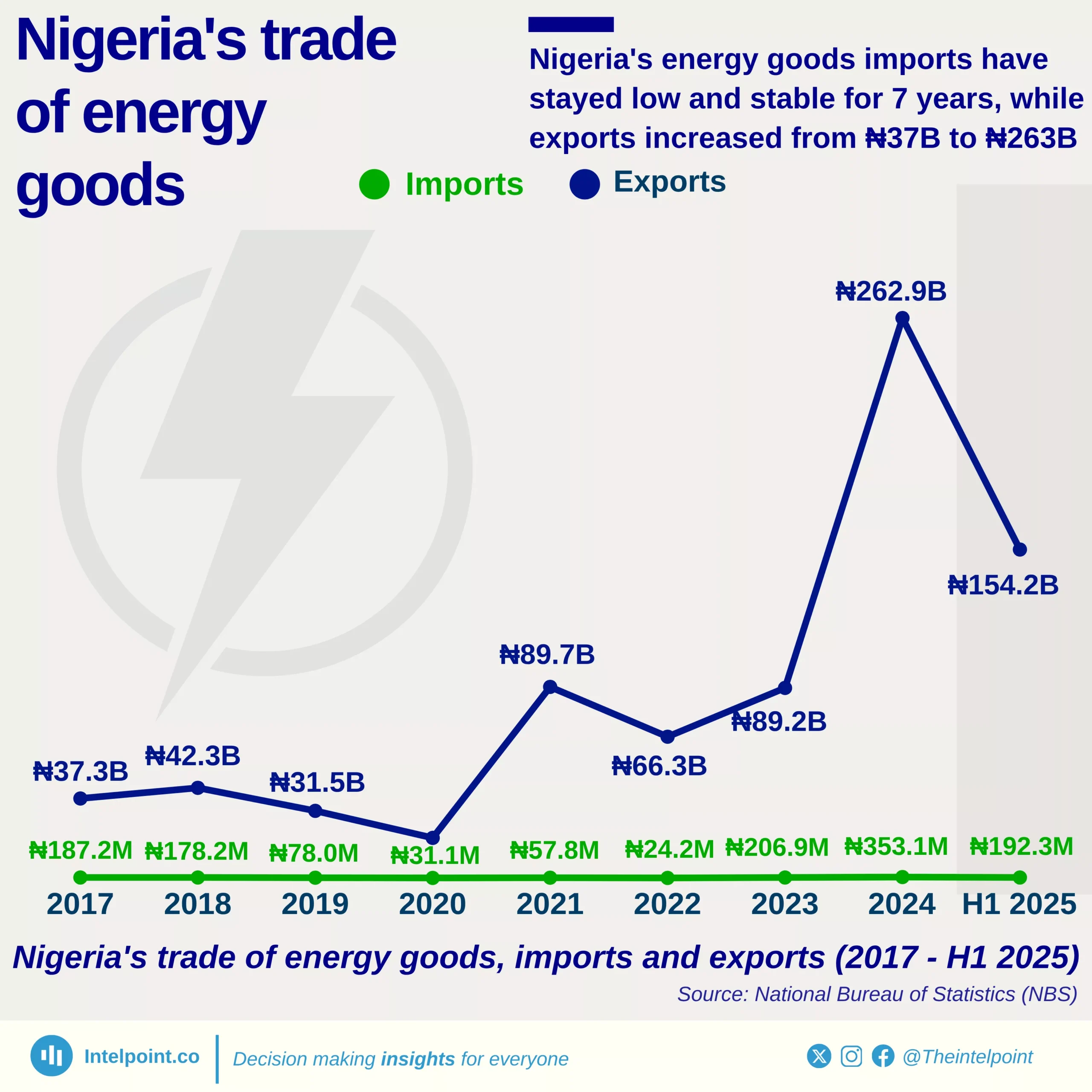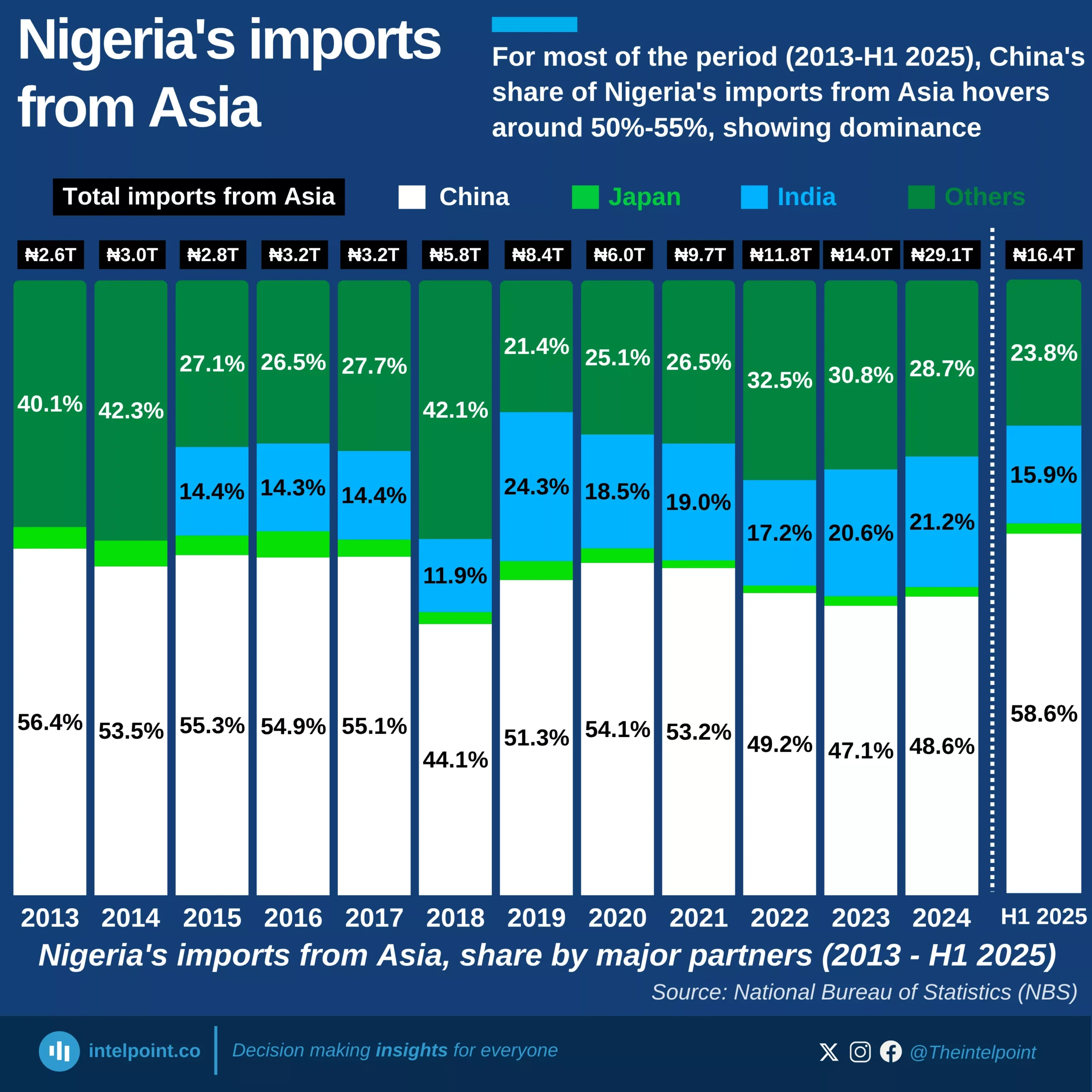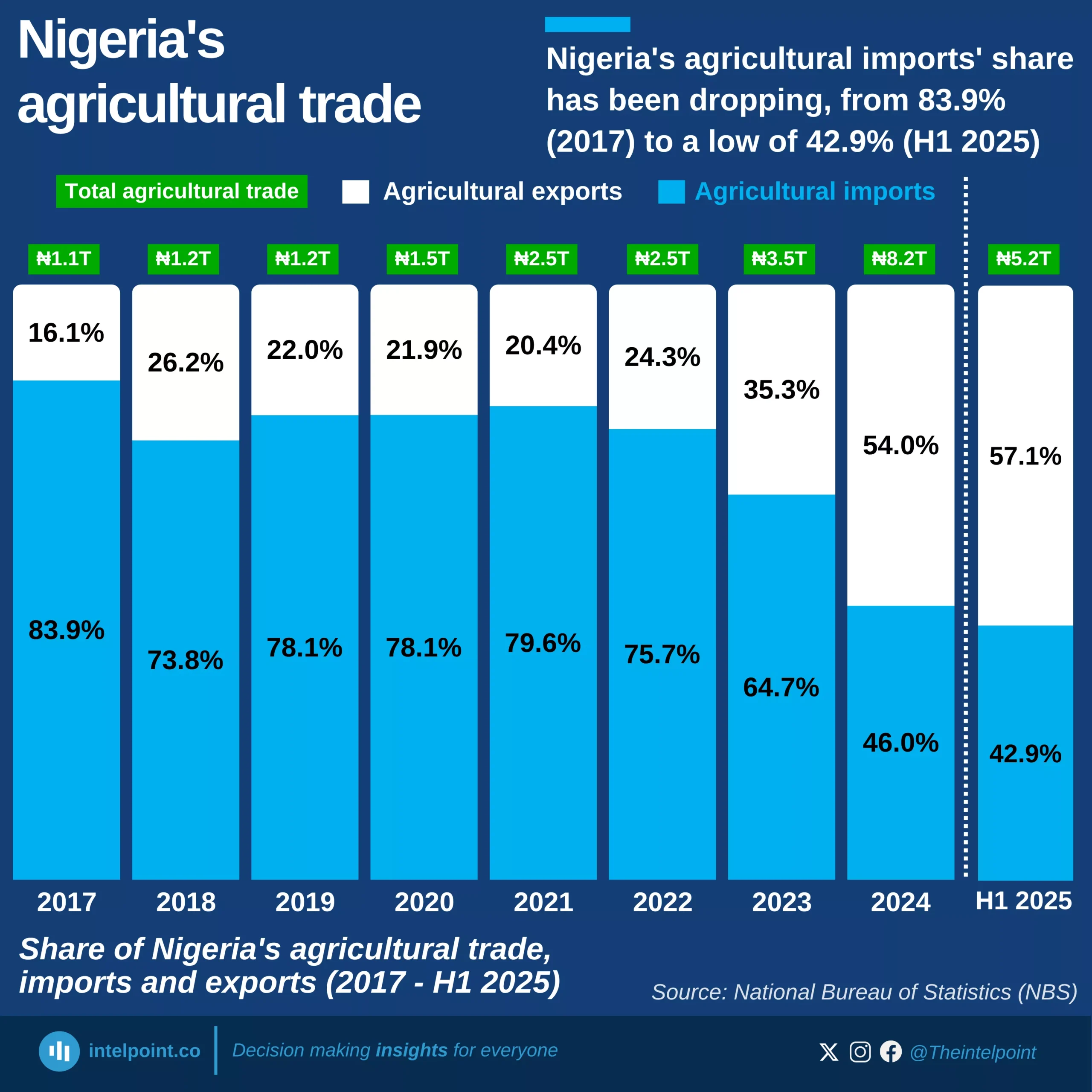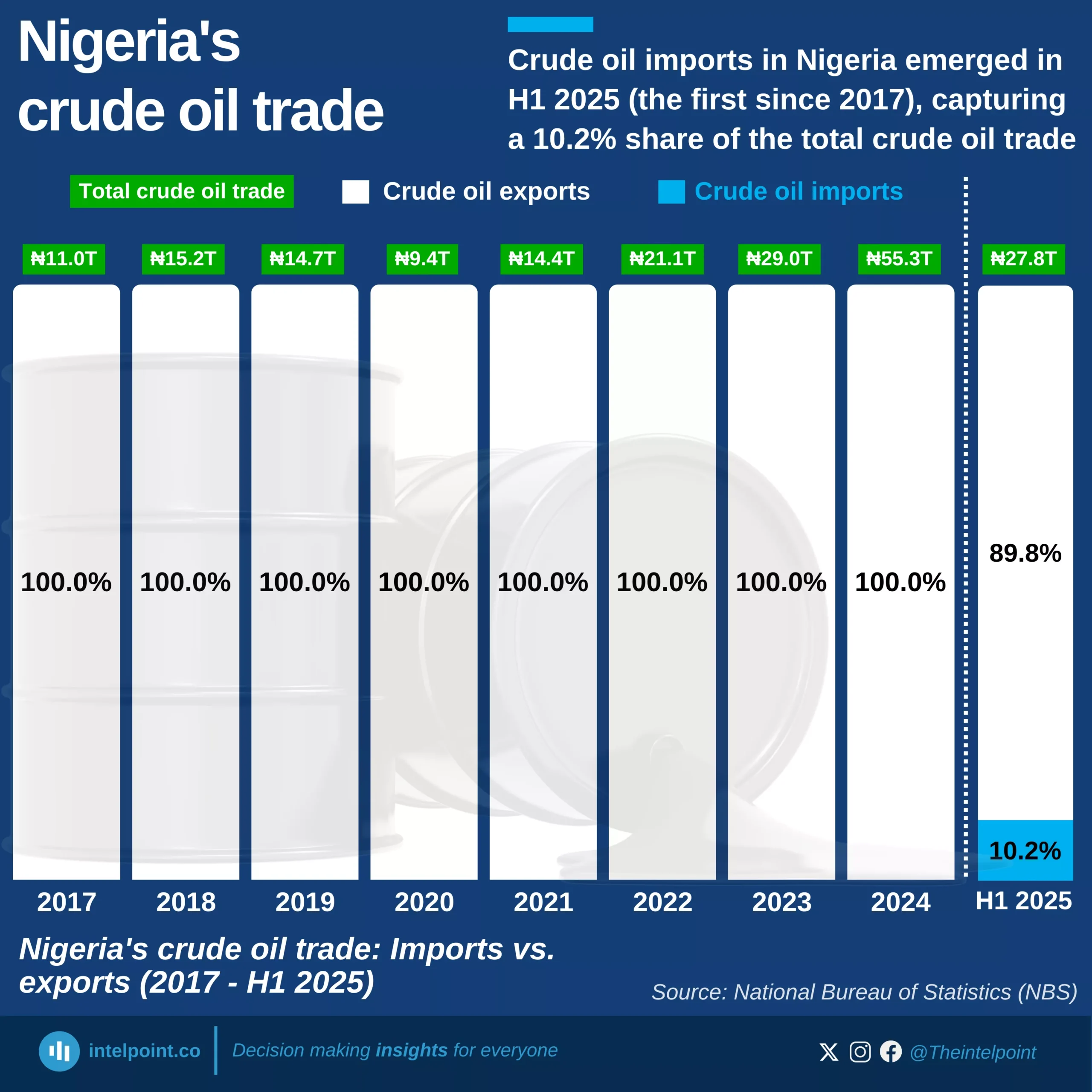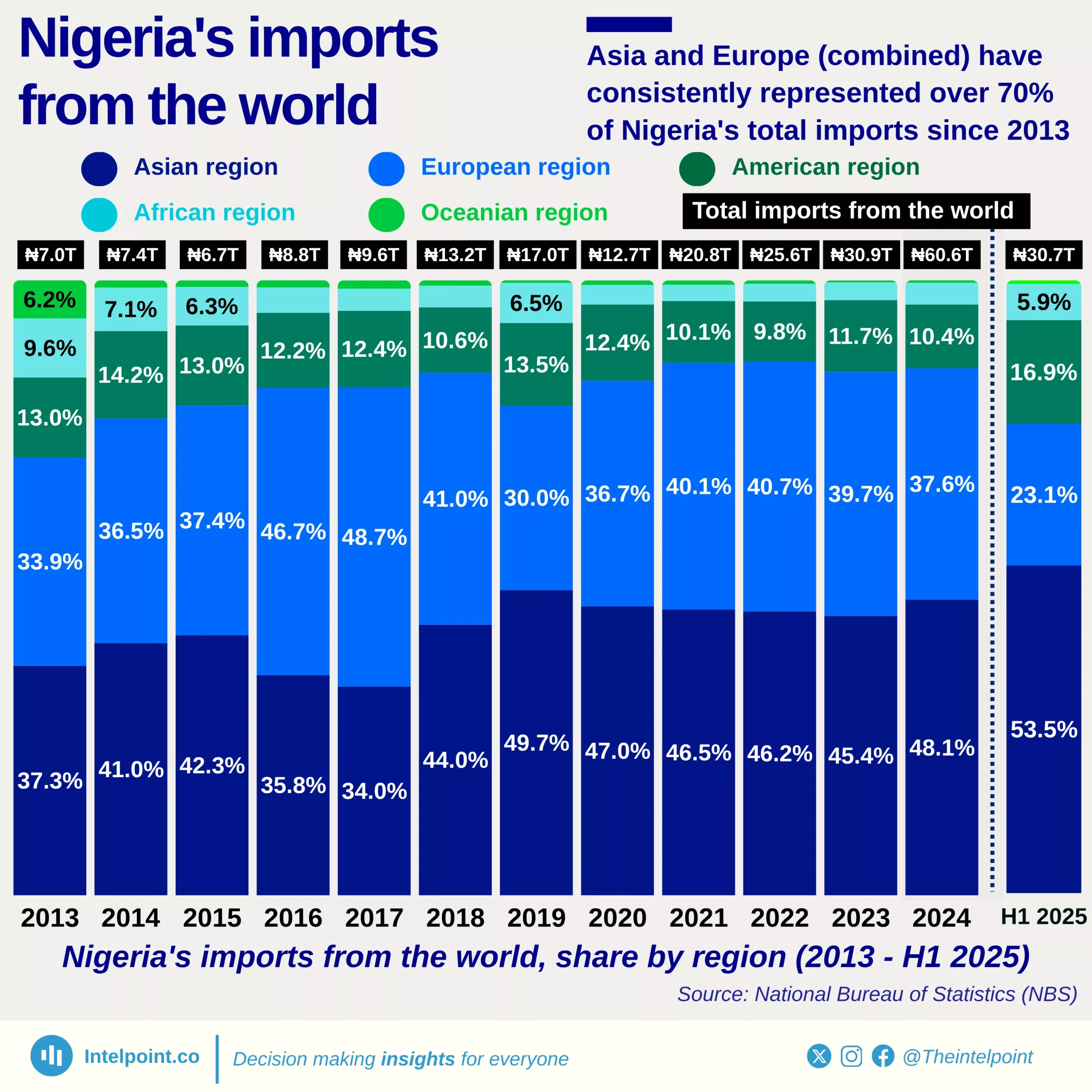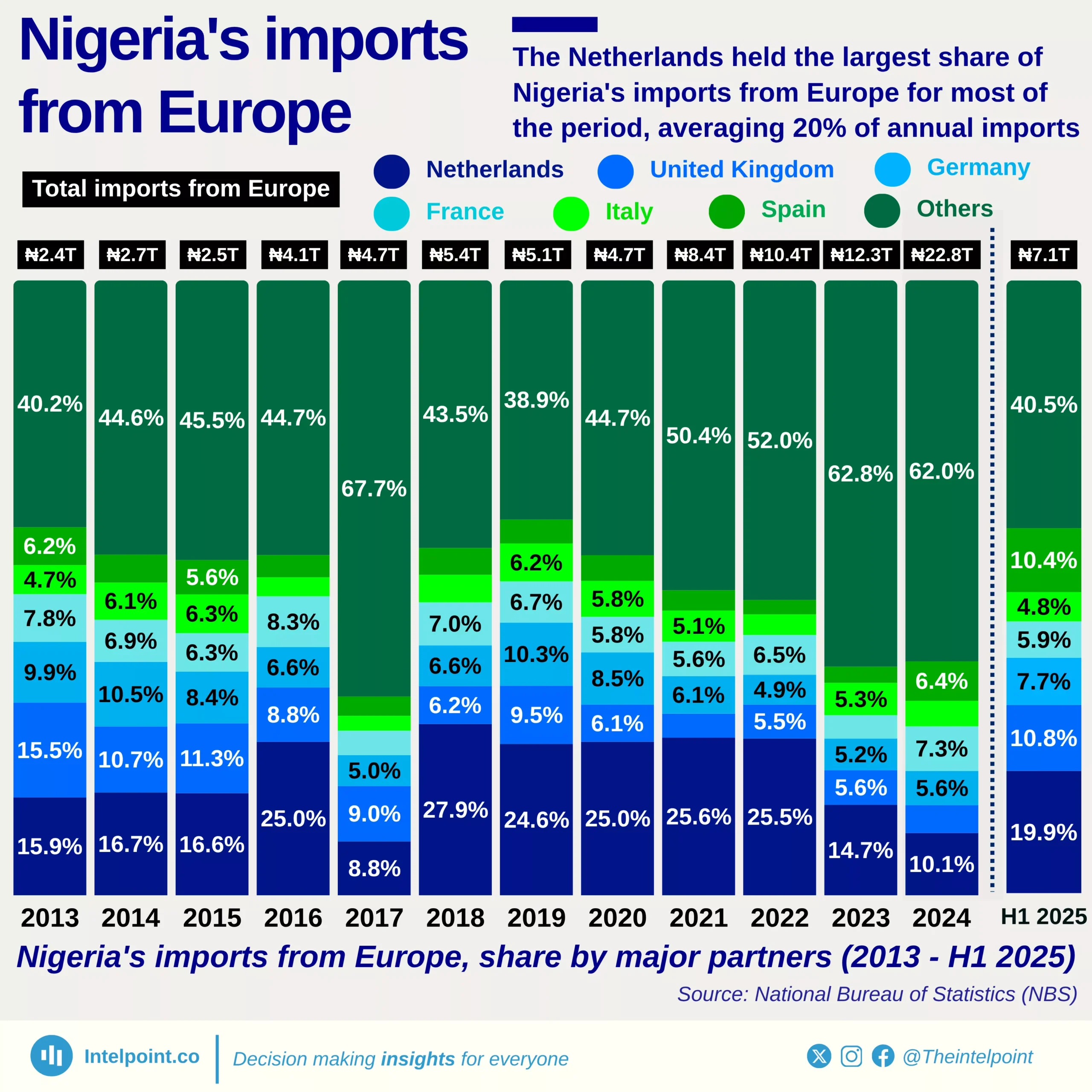Ghana has remained a net importer of pharmaceuticals for nearly two decades. Between 2005 and 2023, imports consistently outweighed exports by a wide margin. In 2005, Ghana imported $55.03 million worth of pharmaceuticals but exported only $191,000. A similar pattern followed in 2006 ($30.72m vs. $668,000) and 2007 ($79.59m vs. $8.63m).
From 2009 to 2014, import bills rose steadily, peaking at $348.12 million in 2015 against just $3.10 million in exports. The lone exception came in 2016, when exports reached a record $78.33 million — yet imports were still almost double at $154.96 million.
Overall, for every $1 Ghana earns from pharmaceutical exports, it spends about $22 on imports, underscoring its enduring dependence on foreign pharmaceutical supplies despite modest export gains.
